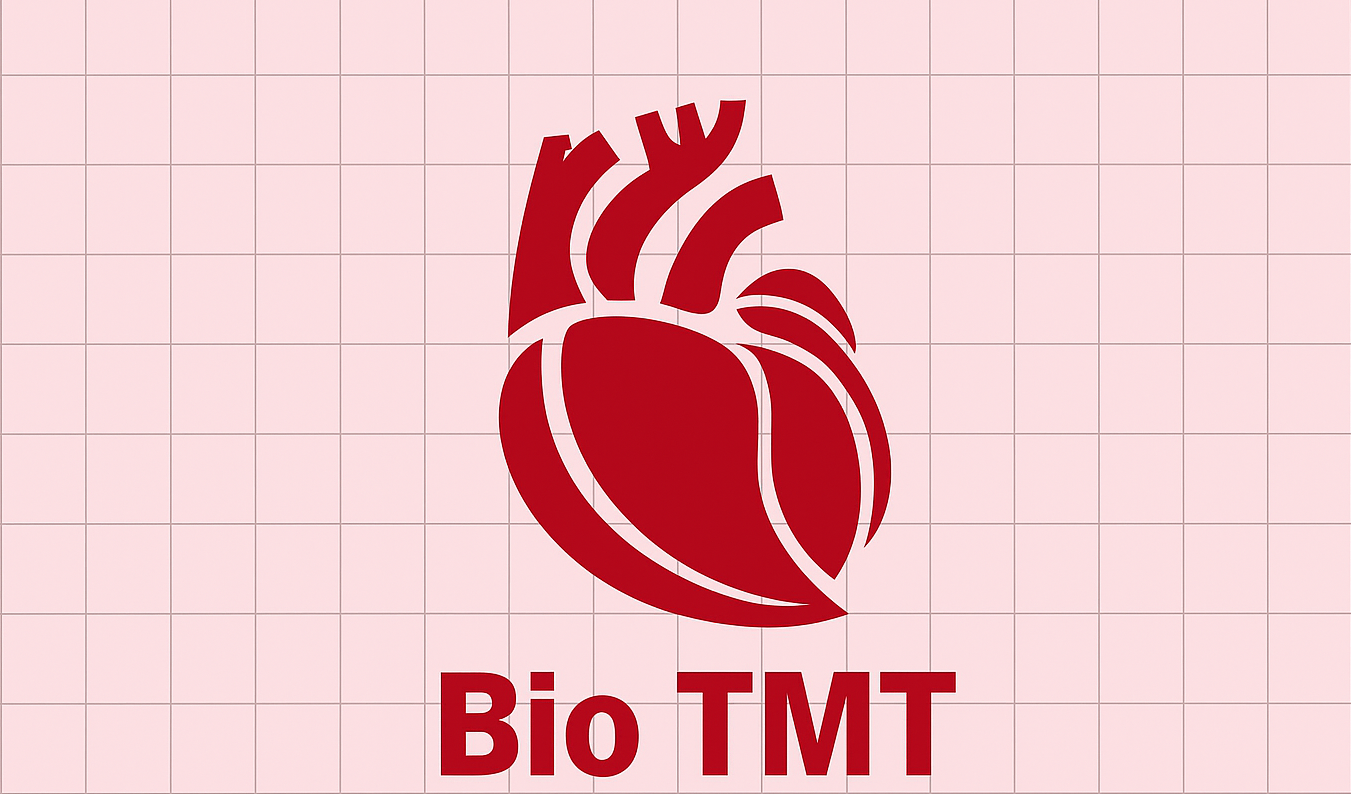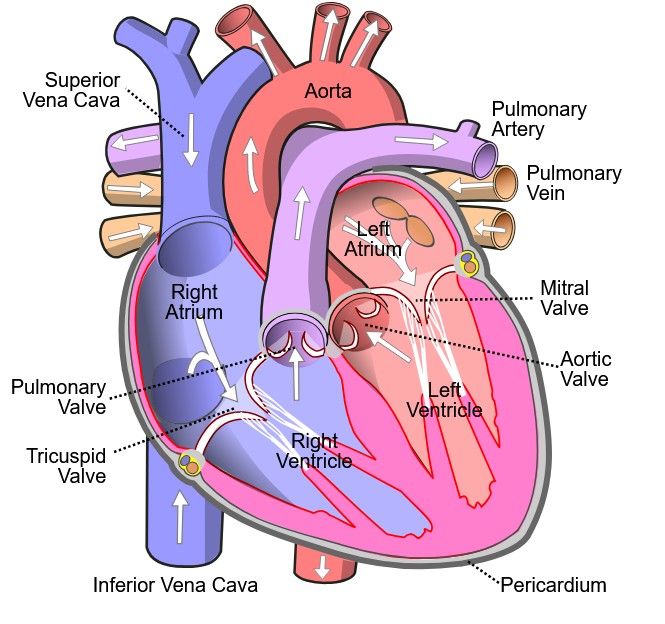What is TTVR?
Tricuspid regurgitation (TR) is a condition in which the tricuspid valve, located between the right atrium and right ventricle of the heart, fails to close properly, causing backflow of blood into the right atrium during ventricular contraction. Over time, this backflow can lead to enlargement of the right heart, fluid buildup in the body, and other symptoms such as leg swelling, fatigue, and abdominal discomfort. While mild cases may be managed with medication and monitoring, severe TR often requires repair or replacement of the tricuspid valve. However, many patients with advanced TR are elderly or have other medical conditions that make them high-risk candidates for open-heart surgery. In such cases, Transcatheter Tricuspid Valve Replacement (TTVR) offers a promising alternative.
Needs Statement
Approximately 1.6 million people in the United States suffer from tricuspid regurgitation [1]. Surgical valve replacement results in an operative mortality of 13% +/- 4% [2]. Transcatheter Tricuspid Valve Repair and Replacement (TTVR) technologies however, see a perioperative mortality rate of just 1.0%. [3] Both technologies see a high long-term mortality rate [2][3]. Primary complications for TTVR include major bleeding and single leaflet device attachment [3].
Details
TTVR is a minimally invasive procedure designed to replace the malfunctioning tricuspid valve without the need for open heart surgery. The procedure begins with vascular access, most commonly by small incision on the femoral vein, allowing a catheter to be threaded through the venous system into the right side of the heart. Under real-time imaging guidance (fluoroscopy and echocardiography), a guidewire is advanced across the tricuspid valve into the right ventricle to stabilize the pathway.
A bioprosthetic valve mounted on a specialized delivery system (the catheter) is then guided to the heart and positioned within the native tricuspid annulus (base of the heart valves). Depending on the device design, EVOQUE valves will be self-expanding. Once properly aligned, the valve is deployed to anchor itself in place, displacing the native valve leaflets and immediately restoring one-way blood flow from the right atrium to the right ventricle. This eliminates regurgitation and relieves the volume overload on the right side of the heart.
Following deployment, the function and position of the new valve are verified using echocardiography and pressure measurements. Once confirmed, the delivery system is removed, and the access site is closed. Most patients recover quickly, with shorter hospital stays and fewer complications compared to surgical approaches.
TTVR is especially beneficial for patients with severe, symptomatic TR who are deemed high-risk for conventional surgery. Although the technology is still emerging and under ongoing clinical evaluation, early studies have shown encouraging results, with significant improvements in symptoms, quality of life, and right heart function. As device technologies evolve, TTVR is expected to become an increasingly important tool in the management of tricuspid valve disease.


